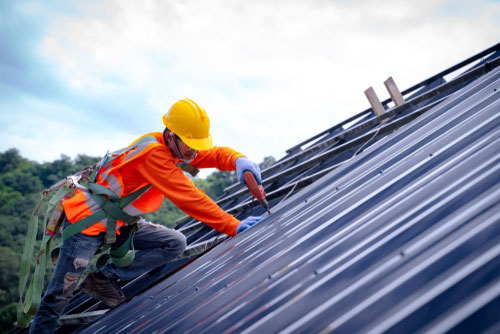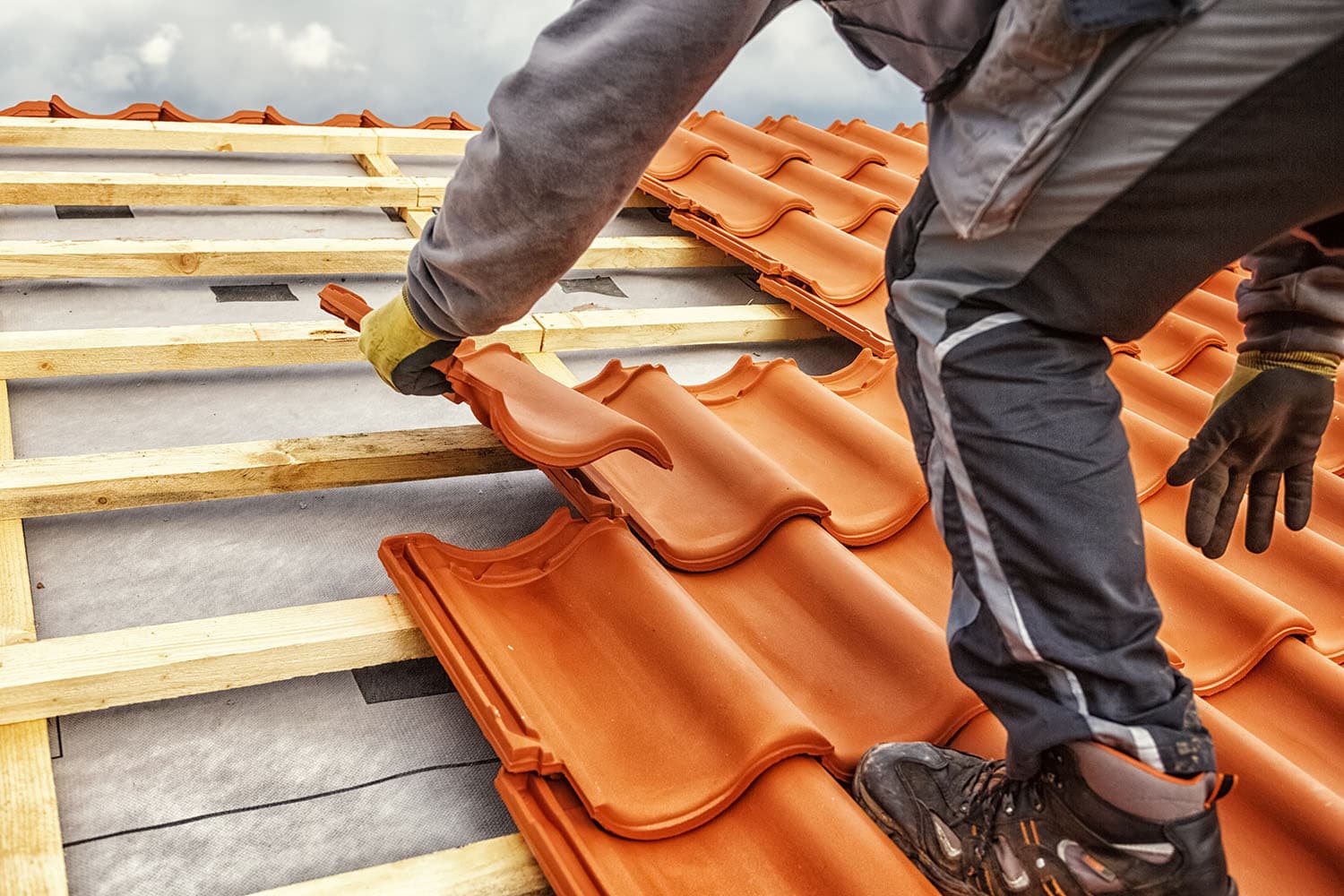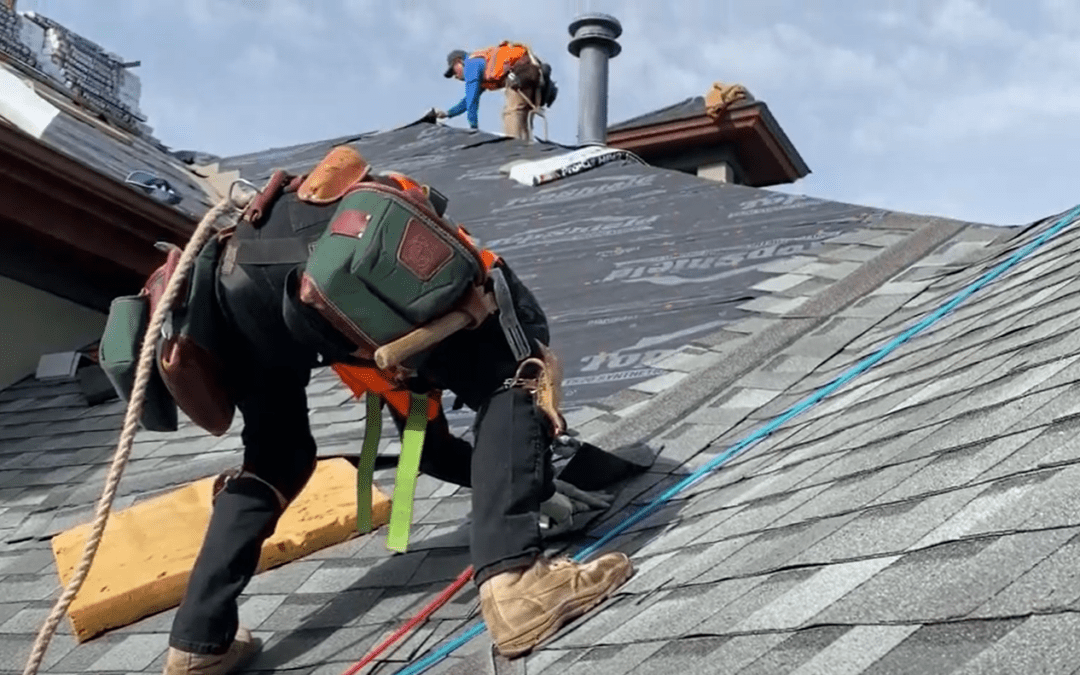Work with a certified Sylvania Roofing Contractor to enhance the performance of your roof.
Work with a certified Sylvania Roofing Contractor to enhance the performance of your roof.
Blog Article
Exactly How to Assess Different Roof Choices for Your Structure Needs
Evaluating roofing alternatives for your building requires a detailed approach that takes into consideration various elements such as the meant use the framework, neighborhood environment problems, and material attributes. It is crucial to weigh the advantages and downsides of various roof types, from asphalt shingles to steel and clay ceramic tiles, while additionally factoring in first expenses and long-lasting maintenance. Furthermore, understanding power efficiency and aesthetic charm can influence your choice. As you ponder these factors to consider, one concern continues to be: which aspects will inevitably direct your option for a lasting and aesthetically pleasing roof solution?
Assessing Your Building's Requirements
To successfully evaluate roofing choices, start by extensively evaluating your structure's needs. Begin by thinking about the structure's intended usage, as different frameworks might require varying roofing requirements. Household roofing systems often focus on aesthetic appeals and insulation, while industrial buildings might focus on longevity and load-bearing capability.
Next, evaluate the regional climate problems that will certainly affect roof covering efficiency. Elements such as temperature level variations, precipitation degrees, and wind patterns can affect product selection and style. A roofing system that succeeds in a warm environment might not carry out as well in locations vulnerable to hefty snowfall or extreme warmth.
In addition, examine the structural stability of your structure. Ensure that the existing structure can support the chosen roof covering products, specifically if taking into consideration heavier options. It is likewise crucial to evaluate any type of neighborhood structure codes or guidelines that may determine details requirements for roof.

Comparing Roof Materials
Once a detailed analysis of your building's requirements has been finished, the next action involves comparing various roof covering products. Each product provides distinct advantages and drawbacks, making it vital to align your selection with your specific requirements and circumstances.
Asphalt tiles are extensively recognized for their cost and convenience of installation, making them a popular alternative for residential buildings. On the other hand, metal roof covering, known for its longevity and durability, can withstand severe climate condition but might come with a greater preliminary financial investment.
Clay and concrete tiles give outstanding thermal insulation and aesthetic allure, particularly for Mediterranean-style design, yet they need an even more durable structural support as a result of their weight. Wood trembles deal a natural look and good insulation residential or commercial properties yet might demand extra upkeep and are susceptible to fire threats.
Evaluating Price and Spending Plan
Examining your roofing options requires a cautious examination of cost and spending plan considerations. The general allocate a roof covering task consists of a number of aspects, consisting of product costs, labor expenditures, maintenance, and possible long-term cost savings. It is vital to establish a clear spending plan before discovering specific roof covering materials, as this will certainly assist the decision-making process and aid you stay clear of overspending.
Begin by acquiring quotes from several professionals to recognize labor prices in your area. Guarantee that these price quotes include all required solutions, such as removal of the old roof covering, installation, and any type of additional functions, like insulation or air flow renovations - Roofing Contractor. Next off, examine the price of numerous roof covering materials, taking right into account both initial setup expenses and expected lifespan

Understanding Energy Performance
Power effectiveness plays an essential role in the option of roof products and systems, dramatically influencing both energy intake and total comfort within a structure. A well-chosen roofing system can improve thermal efficiency, decreasing the demand for heating and cooling systems, which consequently decreases power expenses and lessens ecological influence.
When evaluating roof choices, take into consideration materials that show instead than take in warmth. Furthermore, proper insulation and ventilation are essential to optimize the energy performance of the entire roofing system.
One more essential factor is the roof's durability and maintenance needs. Long lasting materials that call for less frequent replacement contribute to long-term energy financial savings. Furthermore, the power effectiveness of a roof can also be analyzed via its compliance with recognized sustainability rankings such as ENERGY CELEBRITY or LEED.
Considering Visual Allure
A roof's visual charm substantially affects the overall appearance of a structure, matching its architectural design and enhancing visual appeal. Roofing Contractor. When reviewing roofing alternatives, it is necessary to take into consideration how the selected product, shade, and design will balance with the existing framework and neighborhood. A properly designed roof can elevate also the most basic of buildings, transforming them into aesthetic centerpieces
Various roofing products use different visual qualities. As an example, traditional shingles might evoke a classic appeal, while metal roofing can present a modern-day, sleek appearance. Furthermore, the shade of the roof material plays an essential role; lighter tones can make a structure appear more spacious, while darker tones may develop a cozier atmosphere.
Additionally, building aspects, such as dormers and eaves, can boost the roofing system's visual impact. It is recommended to speak with professional developers or designers to guarantee the chosen roofing option straightens with the overall design intent. Ultimately, a roof needs to not just offer functional advantages yet likewise contribute favorably to the building's aesthetic, mirroring the proprietor's additional reading preference and the character of the surrounding setting.
Verdict

Report this page